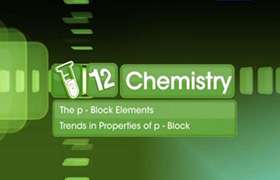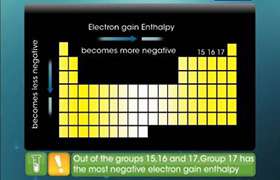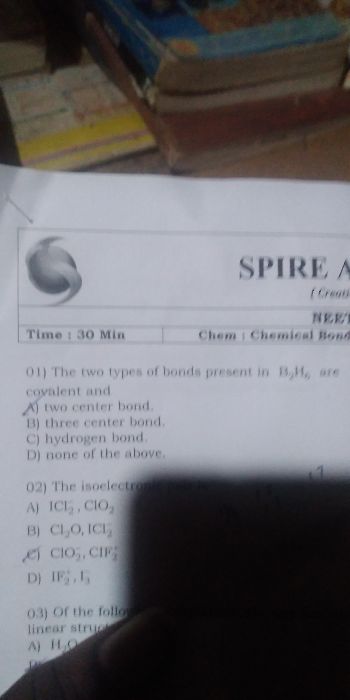CBSE Class 12-science Answered
Dispersion forces operate in HF, HCl and HBr, but here the dipole formed between the halogen atom and the hydrogen also needs to be considered. F is small and very electronegative atom. The H–F bond is therefore highly polarised and strong H-bonds form in this liquid. These are much stronger than dispersion forces and so HF has an anomalously high boiling point. Cl and Br are not as electronegative as F: the dispersion forces in HCl and HBr are more significant than the dipole-dipole forces as can be evidenced by the order of boiling points HF > HBr > HCl. HI has higher boiling point than HCl and HBr. This is to do with the intermolecular forces in the two compounds. There are no hydrogen bonds between the molecules of either compound, since Br and I are not electronegative enough to polarise the molecules sufficiently. But since HI molecules contain more electrons than HBr, there are increased van der Waals forces in HI. For the same reason HBr has a higher boiling point than HCl.
So the trend in boiling point is as follows:
HF > HI > HBr > HCl





